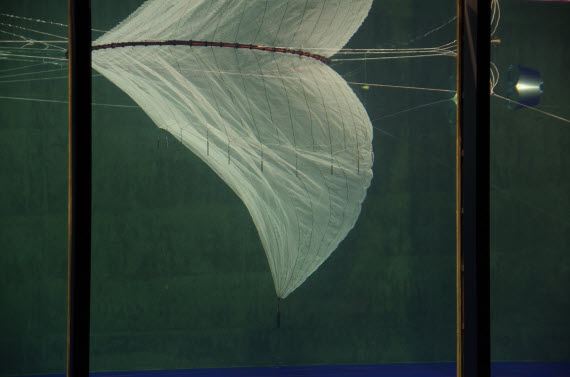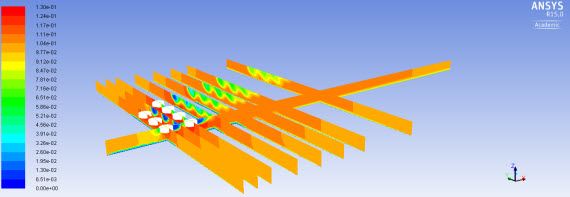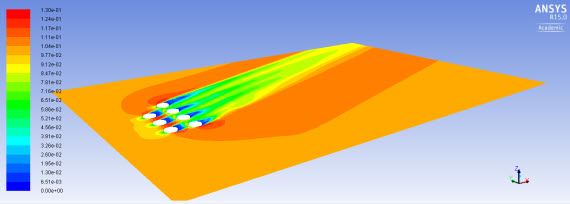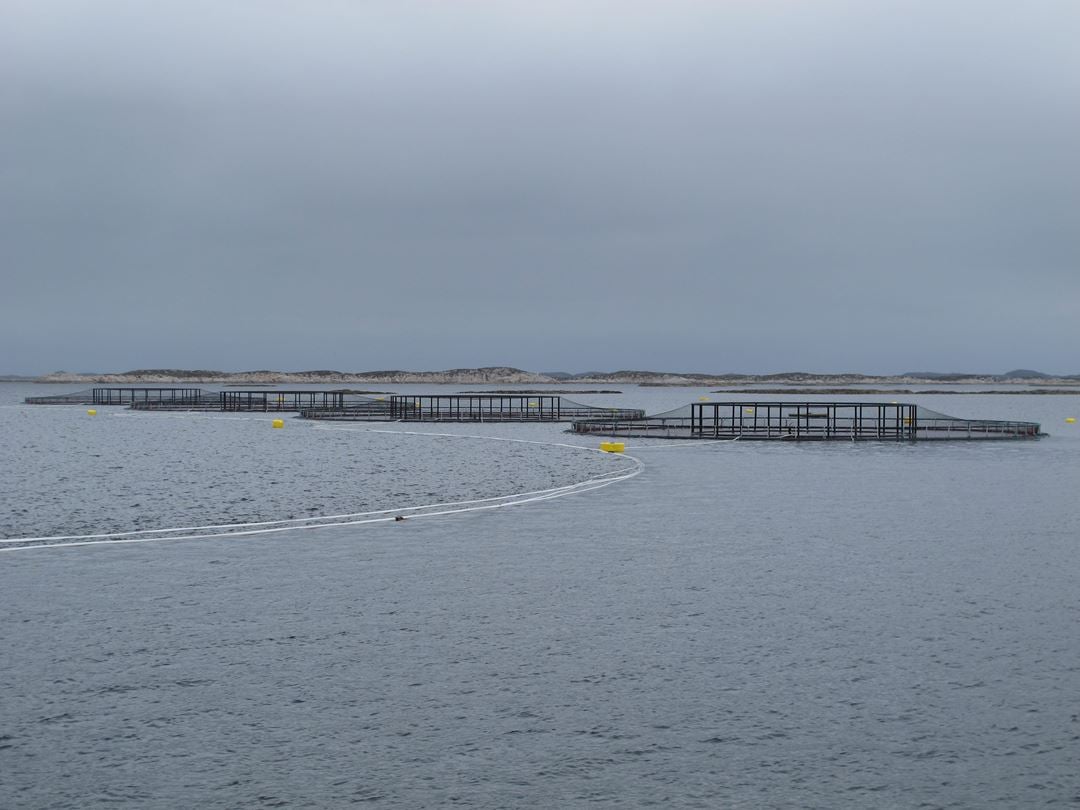The aim of the project is to utilize the full scale experimental facilities at AquaCulture Engineering (ACE) to obtain better understanding of the interaction between current dynamics at large scale, at location scale and in and between single cages.
Furthermore
- Communicate the findings from the project to the industry through popular scientific publications and publications in peer-reviewed journals.
- Strengthen the cooperation between the fields of numerical modelling and experimental research in full scale and model scale, to strengthen our holistic understanding of the dynamics.
The project will utilize the full scale facilities at ACE, including both smaller and larger biomasses. The results from the project are expected to give a significantly improved understanding of the local current conditions, sedimentation state below the different parts of the locations, better model estimates of current, and better inputs to decision support systems for daily management and for large operations.
The project is organized in the following work packages:
WP 1: Model scale experiments
WP leader: Pål Lader

This work package focuses initially on the scaling effects of applying laboratory measurements of reduced size models to draw conclusions valid at full scale. We will then set up laboratory experiments of the current pattern around configurations of multiple cages.
WP 2: Full scale experiments
WP leader: Finn Are Michelsen
Participants: Kevin Frank, Pascal Klebert, Morten Alver, Zsolt Volent, Grim Eidnes, Guttorm Lange, Magnus Oshaug Pedersen

Task 2.1: Establishment of methods for measuring
Sensor data are important for validation of models and data assimilation. This task gives the basis for choice of measuring methods and plans for Task 2.2.
Task 2.2. Full scale measuring campaigns and data processing
In order to establish a sufficient proper data set for current, waves, temperature, fouling etc., it is necessary to perform extensive measuring campaigns for a longer period of time. By observing these variables during at least one full production cycle, enough data are provided to represent the most relevant conditions. The measurement campaigns will be coordinated with the project RACE: Biomasse- og fôringsteknologi (BIORACER).
These variables are relevant for measurement: current, waves, turbulence, pressure, temperature, salinity, oxygen, chlorophyll/water transparency, fouling on the closing nets, suspended material and turbidity outside the fish cages, and deformation forces on the closing nets measured at strategic positions inside and outside the fish farms.
This comprehensive measuring program will be performed at the locations of ACE aquaculture fish farms.
WP 3: Numerical modelling
WP leader: Ole Jacob Broch
Participants: Pascal Klebert, Christos Stefanakos, Morten Alver, Finn Are Michelsen, Joakim Haugen

Within this work package the results from the field measurements will be used to improve and further develop hydrodynamic models on large and small scales.
To what degree aquaculture installations affect the water current patterns depends on the fish biomass and the severity of fouling on the cage nets. The models will be expanded to take such effects into consideration, and will thus provide more realistic simulations of the local circulation patterns around the installations. As a result, we will obtain better estimates of e.g. the flow of oxygen through the fish cages and the transport of lice, viruses and fouling organisms from and between different farm locations.
The ocean model SINMOD (http://www.sinmod.no) is being used to describe the large scale circulation patterns (the Sulfjorden area), while CFD (Computational Fluid Dynamics) tools are being used at farm and cage level. The ocean model will be coupled with the CFD tools.


In this work package the wave model SWAN (http://swanmodel.sourceforge.net/) will also be set up and run with SINMOD to provide information about waves.
The field data will be a number of point measurements. Because it is impossible to fully control the environmental conditions like waves and currents, it is a challenge to satisfactorily interpret such data. A new module for the model system FhSim (https://www.sintef.no/fiskeri-og-havbruk-as/programvare/fhsim---simulering-av-marine-operasjoner-og-systemer/) using state estimation in the interpretation of the current data will be introduced. This model system may then be applied to the analysis of the effects of different parameters on the farm cages, and will be an important step in the interpretation of full scale current measurements.
